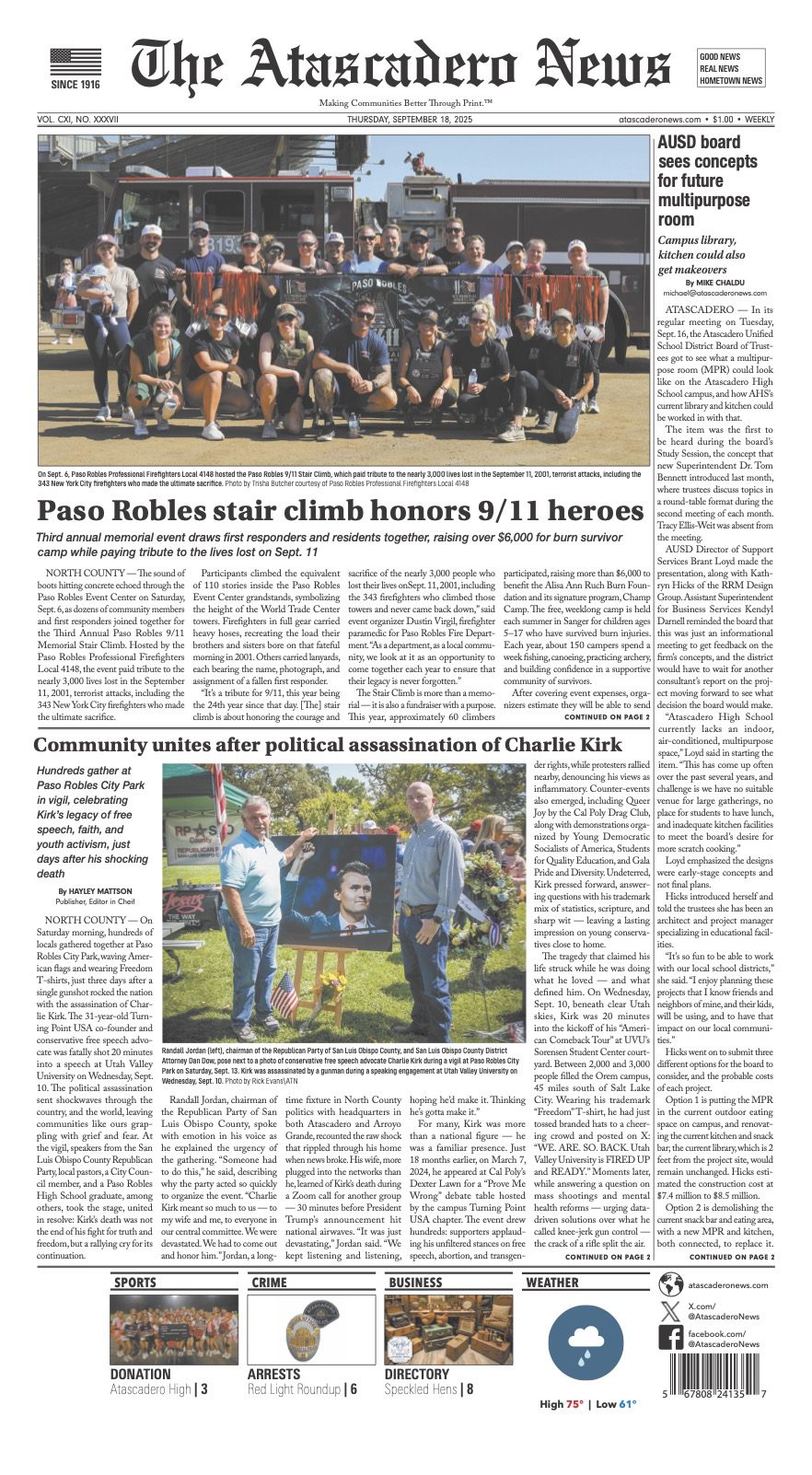Council Directs Staff to Look at Feline Overpopulation
City of Atascadero staff presented a report to the Council on how best to address the city’s feline overpopulation dilemma. The staff report listed several options to help councilmembers decide how best to shape the policy concerning the overabundance of cats within the town’s limits.
At the top of the list was the option to repeal the mandatory pickup ordinance. When animal control receives complaints about a cat, they are required to pick up the stray mouser. The practice currently costs the City $350 per animal to catch and shelter. Staff said that the amount is expected to double if and when the new animal shelter is completed. However, repealing the mandatory pickup requirements does not address the issue of controlling the number of cats.
Atascadero is home to several official “cat colonies” that are fed and maintained by residents. These free-range feline colonies are maintained by cat-loving volunteers who feed and look after the well-being of the clowder. Many of them practice TRN, trap neuter and return, to combat overpopulation which invites disease and starvation. On average, a healthy queen (unaltered female cat) can generate up to 10 new mouths to feed a year. Generally, fixed feral cats have their ears clipped so they are not recaught which wastes time, money and resources.

A large portion of the problem seems to stem from people who do not use responsible feeding practices, such as day-time feeding and restricted amounts of food, and not spaying or neutering the free-roaming wildcats. Overpopulation is not only bad for the cats. A 2013 study by the Smithsonian’s Conservation Biology Institute shows how cats are decimating the bird population. The report stated that the little predators kill 1.4 billion to as many as 3.7 billion birds in the continental U.S. each year.
“There’s a lot of homes here that are hoarding [cats] and won’t let us trap,” volunteer cat trapper Mary Kay Patterson told the Council. Patterson said she has been trapping cats for 35 years to fight feline overpopulation. She later told The Atascadero News that she knows of some homes that love to breed kittens and when they get too old simply dump
them somewhere.
“It is not uncommon for people to dump entire litters of kittens and adult cats or most recently four roosters into our colonies,” said Heather Charmin, a cat colony volunteer. She went on to say to the councilmembers, “I really hope that you are open and willing to work alongside those of us who have already been doing
the work.”
“A lot of the colonies are very well managed but there are spots where we have pockets where people are maybe very well-intended but they’re short-sighted on how they’re doing this and without any other measures you are going to create further problems,” San Luis Obispo County Animal Services Manager Eric Anderson, DVM, advised
the Council.
At the end of the over three and a half-hour discussion, the Council directed staff to pursue repealing the mandatory cat catching requirement and produce a TNR plan for the community. The Council advised staff to examine different types of restrictions such as night feeding. Staff was also advised to look at public education options and there was even talk about “do not feed the
cats signage.”















